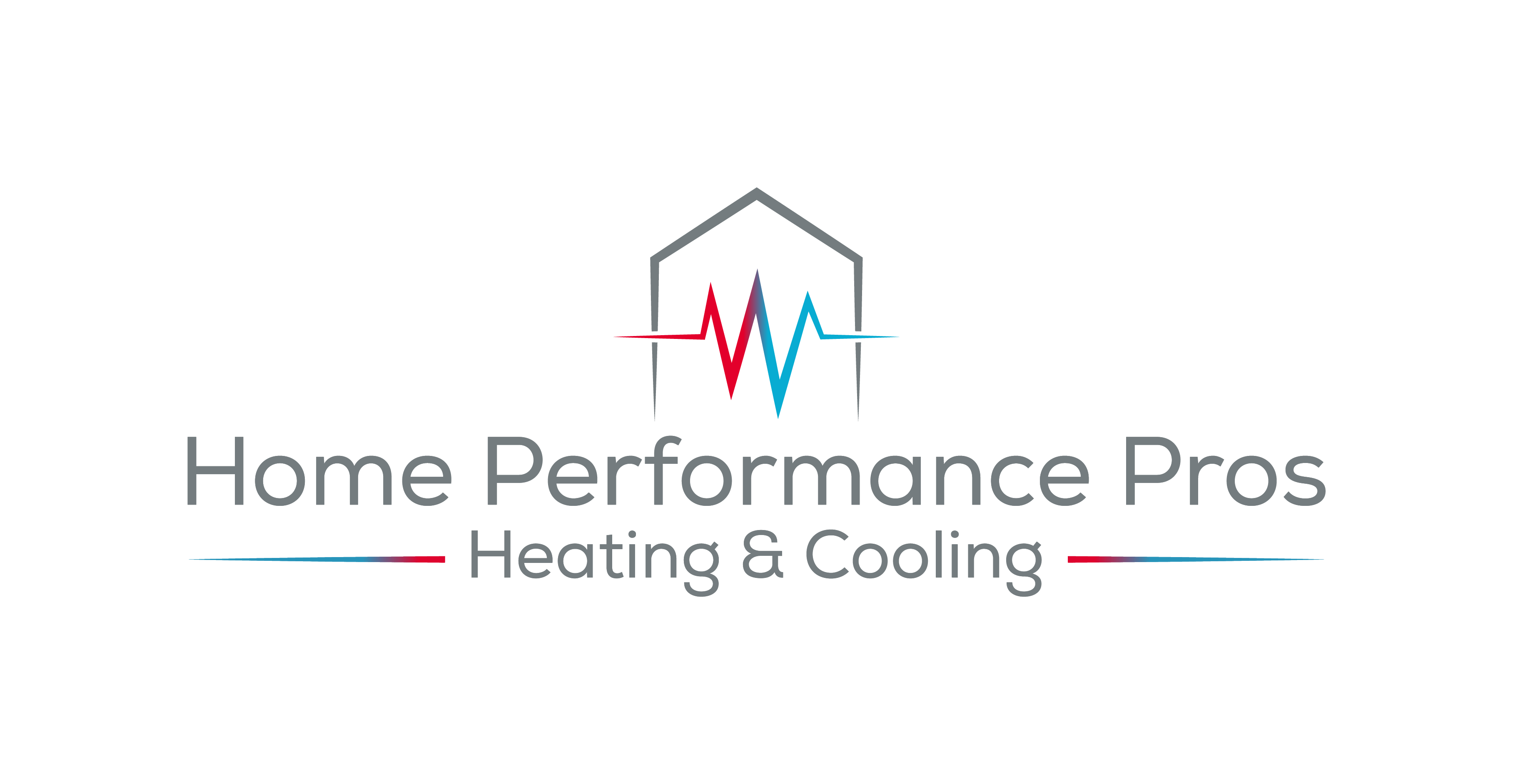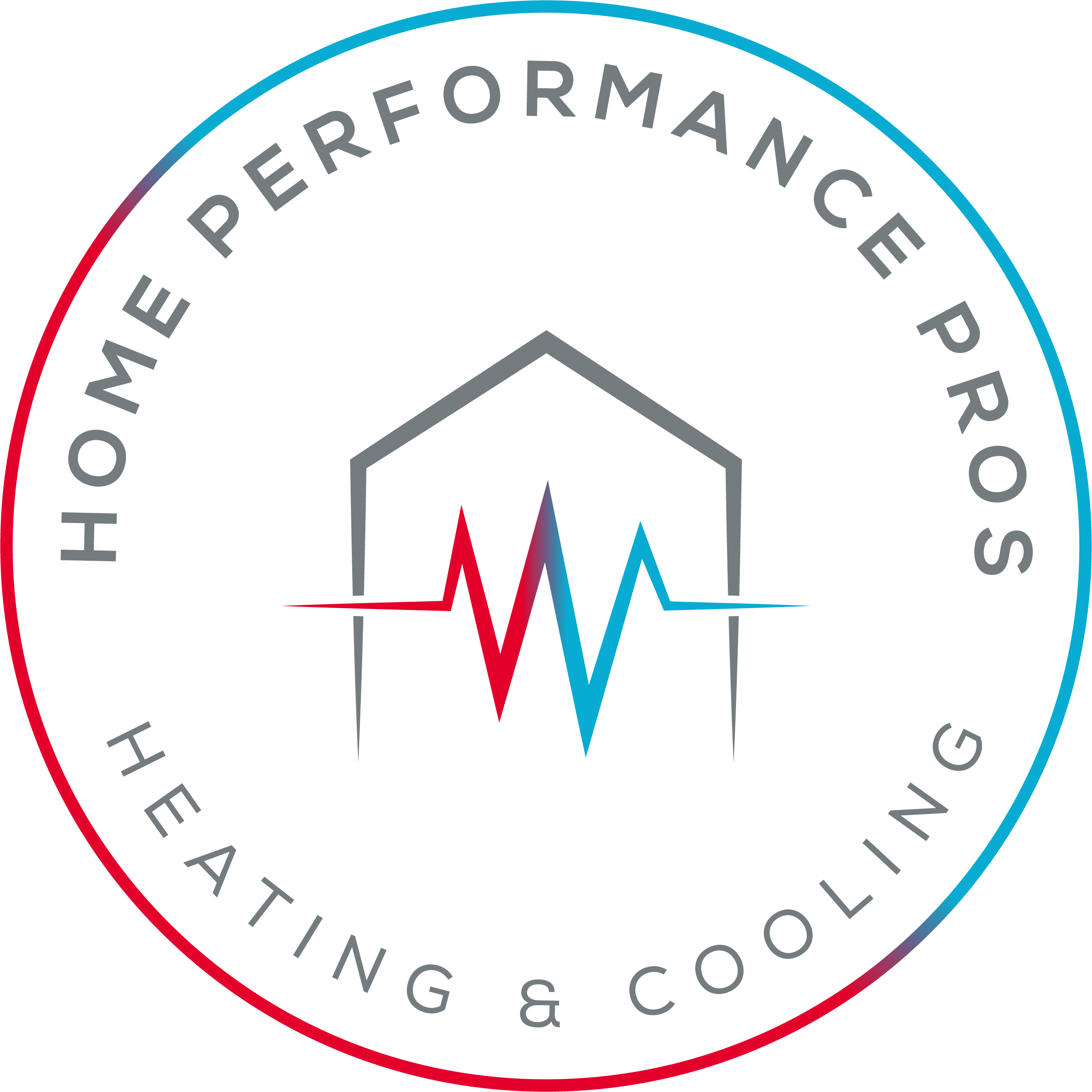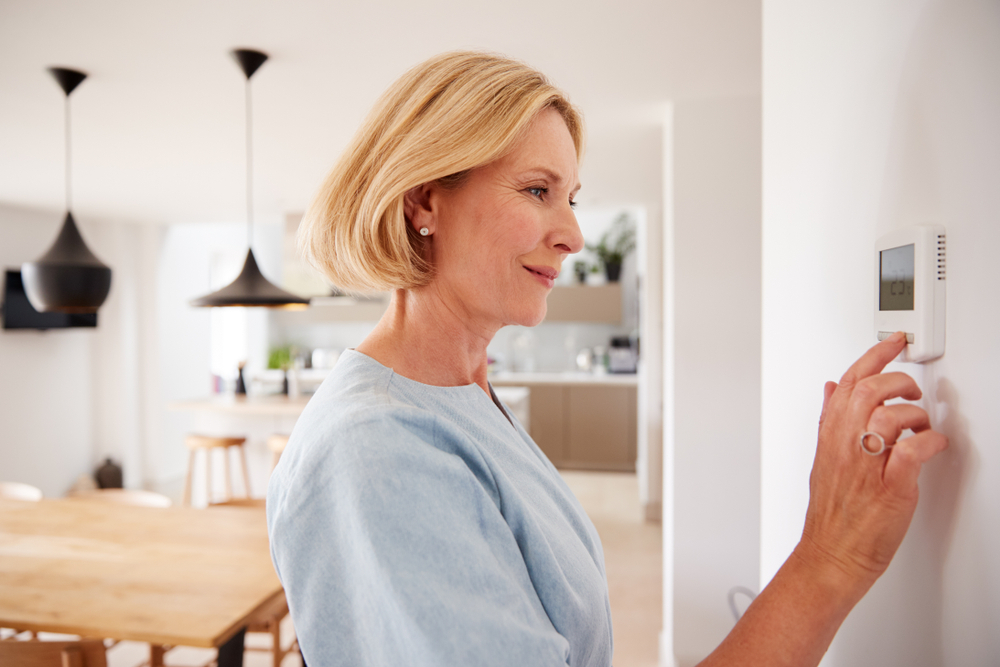Relaxing in a cool blast of air conditioning is the best feeling after sweating under the summer sun all day. When the weather heats up, it’s time to ensure your home’s cooling system keeps you and your loved ones comfortable. If you live in an older home or have had your air conditioning (AC) unit for 15 years or more, you may want to consider replacing it with a new system for enhanced efficiency.
But how much does it cost to put central air in a house? Central air installation costs vary depending on your location, the size of your home, equipment type, and labor costs, but you can generally expect to pay several thousand dollars. While a new central air system is a significant investment, it includes a major payoff in terms of your comfort, energy savings, and home value.
Keep reading for a full breakdown of your possible central air install cost.
What Does “Central Air” Mean?
Central air cools your entire home, whereas window AC units or mini-splits cool individual rooms. Homeowners often choose central air for its efficiency and convenience in cooling large spaces.
Central Air Explained
Through a series of supply and return ducts, central air systems distribute cooled air throughout your home. An air handler controls the air flow. In “split systems,” an indoor and outdoor unit are used in tandem. In “packaged systems,” a single outdoor unit contains all the necessary components.
Central Air Installation Costs
Now that you know the difference between central air and window AC units or mini-splits, you might wonder, “How much does it cost to install central air?” The answer depends on several factors, starting with your location.
National Average
Since so many unique factors contribute to the cost of installing central air in your home, online resources cite a wide range of estimates. According to a 2023 cost analysis from the U.S. Energy Information Administration (EIA):
-
- In Northern States: Central air conditioners cost $5,300+ on average.
- In Southern States: Central air conditioners cost $5,500+ on average.
- In All Areas: Central air conditioners cost nearly $8,000 on the higher end.
These numbers include only the cost of equipment and installation, excluding any extra expenses such as ductwork or smart thermostats. Due to EPA regulations, inflation, and rising material costs, average prices are likely to have increased since the EIA’s 2023 analysis.
All things considered, a complete central air replacement or installation can cost anywhere from $2,500 to $7,500. In an old home that requires a complete ductwork installation, the equipment and labor can add up to $12,000 or more.
Local Averages in Utah
In Utah, air conditioning installation typically lands a bit above the national averages, especially in urban areas like Salt Lake City. However, your cost will depend heavily on your space and specific needs. Expenses generally fall somewhere between $5,000 and $8,500, with averages in the $7,000 range.
If your installation is more complicated — for instance, you need ductwork — the whole installation could cost up to $15,000.
Factors That Affect Central Air Costs
As we’ve already seen, a variety of factors influence the cost of installing central air. Take a closer look at some of the bigger components.
Home Size and Layout
The size of your air conditioning unit depends on the square footage of your home. Contractors use the word “size” to describe an air conditioner’s cooling capacity — or how much heat it can remove from the indoor air supply in one hour — not its physical dimensions. This is measured in British Thermal Units (BTUs).
A 1-ton unit removes about 12,000 BTUs per hour. For a 2,000-square-foot house, a 2.5- to 3.5-ton unit will generally be sufficient to keep the home cool.
Complicated home layouts can make the installation more complex and expensive. They may require longer installation times, more specialized labor, or additional materials.
Ductwork Condition
New ductwork can be an expensive component of central air installation, as it can cost between $3,000 and $5,000 alone. If you live in a historic home that lacks ductwork, ask your contractor about the logistics and cost of installing them or consider more affordable alternatives to central air.
System Type and Efficiency Rating (SEER)
The energy efficiency of a new central air system is measured by its SEER (Seasonal Energy Efficiency Ratio) rating. The minimum SEER required by the U.S. Department of Energy is 14 in northern states and 15 in southern states. Higher SEER-rated systems — up to 22 — cost significantly more upfront but can save you hundreds per year in energy bills. Your contractor can guide you through your options to balance the initial unit cost with long-term savings.
Laboring and Permitting Costs
Similar to many other factors, labor and permitting costs differ depending on your location and project complexity. If you live in an urban area with a higher cost of living and stricter building codes, the installation cost is likely to be higher than in suburban or rural areas.
While the labor cost may make it appealing to do it yourself, central air installation is a complicated process that requires a professional. To avoid complications that drive up energy costs and repair expenses, hire a local contractor you trust.
Brand and Equipment Warranties
As with any appliance, premium brands, like Amana or Carrier, come with a higher price tag than more affordable alternatives, like Goodman. Premium options may include bonus features such as noise-reduction technology, smart thermostat compatibility, and advanced energy-saving capabilities. You may also have the option to purchase an extended warranty (10 years or longer).
Additional Costs to Consider
Your total air conditioning installation cost may include other expenses, depending on your current situation. Below are four additional costs to discuss with your contractor.
Thermostat Upgrades
Upgrading your thermostat can enhance the efficiency and convenience of your system. With a smart thermostat, you can set the temperature from your smartphone and create custom cooling and heating schedules. It can even learn your habits to adjust temperatures automatically, resulting in a more efficient schedule for your HVAC system and energy savings.
Electrical Work
Before installation, your contractor may employ an electrician to inspect the wiring and determine whether your current electrical panel can handle the added load of a new AC unit. If not, your electrical circuits, breakers, or even the entire panel might require an upgrade to support the system.
Removing Old Systems
If you’re replacing an existing air conditioning system, your contractor will know how to properly dispose of your previous system to make room for the new one.
Long-Term Maintenance Costs
A new central air conditioning system can lower your long-term maintenance costs. Your installer may offer air conditioning maintenance programs to keep your system running smoothly and maximize its life.
Who Is a Good Candidate for Central Air?
If air conditioning repairs are coming too frequently or you’ve had your current system for 15 years or more, it may be time to consider a replacement. The EPA recommends replacing cooling equipment if you notice inconsistent temperatures across rooms, humidity issues, excessive dust, or loud noises coming from your system.
Once you notice the need for a replacement, you’ll need to decide whether central air or single-room alternatives are right for your situation. A licensed HVAC contractor can recommend the best solution for your space and budget. In general, if you’re replacing an existing central air system, have a larger home that needs whole-house cooling, or live within a hot climate, central air is what you need. However, if you live in a smaller, older home without ductwork, installing central air may be expensive and complicated.
Why Choose HPP for Central Air Installation?
At Home Performance Pros (HPP), we combine high-quality, skilled work with superior service and better prices. If you’re looking for central air installation in Utah, here’s how HPP provides excellent custom solutions for customers living near Salt Lake City.
Years of Experience, Thousands of Homes Serviced
Our expert team has proudly served neighbors and communities in the Salt Lake Valley and the Wasatch Front for over 80 combined years, and we don’t plan on stopping anytime soon. As a locally owned and operated HVAC company in Utah, we provide personalized and dependable installations, maintenance, and repairs across thousands of homes in our service areas.
Licensed and Certified HVAC Technicians
Our highly skilled technicians are licensed and insured, undergo background checks, and are drug-tested to ensure your safety and their professionalism. All technicians arrive at your home in fully stocked trucks, allowing them to complete expert work quickly and conveniently.
Transparent Pricing Meets Quality Work
We offer free estimates and guaranteed flat-rate pricing, without hourly fees, to make high-quality HVAC systems more affordable for our customers. To make your investment even easier, we accept various forms of payment and offer financing options, including deferred-interest and no-down-payment options. You can sign up online, or we can assist you with an in-person application.
Get Central Air From the Trusted Experts at HPP
Get started on your journey to a new central air conditioning system today. Contact us to ask about inspections, estimates, and next steps.
FAQ
Get fast answers to your most pressing questions about central air installation and its associated costs.
How Long Does Installation Take?
Central air installation can take anywhere from four to eight hours, depending on the project’s complexity and whether ductwork needs to be installed or repaired.
How Do I Know If I Need New Ductwork?
Clear signs that you need upgraded ductwork include: increased utility bills, poor air quality, uneven temperatures, unusual noises, visible damage, and pest infestations.
What’s the Best Time of Year to Install Central Air?
Fall and spring are the ideal times to purchase a new central air system, as summer is the peak season for installation. Most companies that install air conditioning also work on heating, making winter equally busy.




